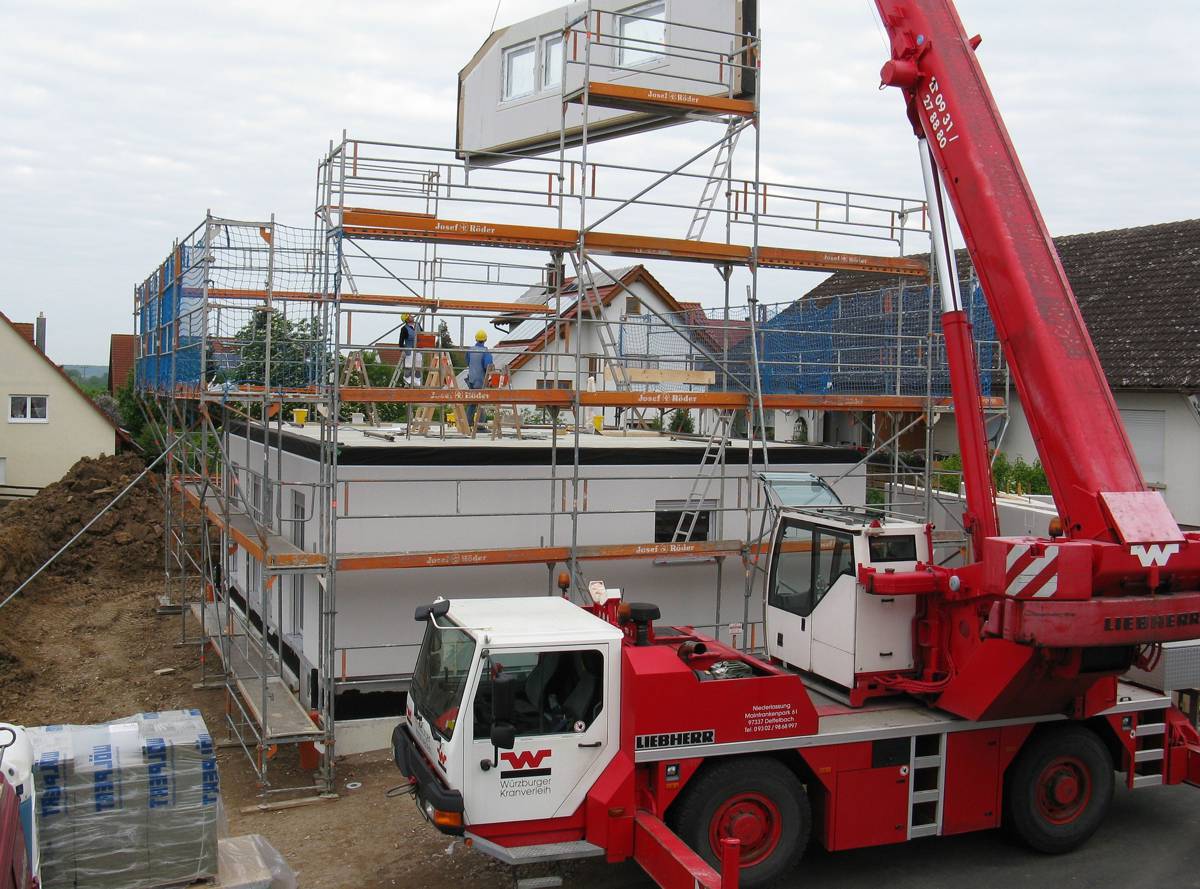How to build cost-effective Offsite Structures
Contractors and builders are said to be always in search of ways to bring down the costs of project construction. It’s believed that it’s one of the only ways they can stay competitive in an industry that includes countless companies vying for the contracts of potential clients. Hence, many are said to be forced to quote the lowest prices and yet pledge to build at the fastest pace, all the while maintaining quality, to get and win projects.
One of the cost-effective and innovative ways to meet market expectations is to build parts of the structure offsite.
Today, building structures offsite in manufacturing plants or factories is regarded as a widespread trend in building and home construction. It isn’t limited to steel and concrete parts. Some contractors and builders even offer to design and build durable fabric structures for their clients instead of the usual steel and concrete materials.
How The Offsite System Originated
The offsite building industry is believed to have started with the modular method of construction.
Modular systems were quite an innovative alternative to building structures off-site in cost-effective and efficient ways back when it was first founded. This method further innovates on the volumetric system to lessen the space that pods and modules have to take up when they’re loaded onto the lorry bed. This and other similar innovations have been suggested to solve the housing crisis in select areas, for instance.
At present, nonetheless, the offsite building industry has already evolved and is said to have become more focused on building delivery. Builders who are more familiar with the traditional building method may find it difficult to take part in the offsite method and process of doing things. Even manufacturers who are more knowledgeable with the panels and units way of doing construction might find it hard to engage in the offsite industry.

What Is The Offsite Process
The designers and contractors who employ the offsite system would typically take into consideration the following factors under the generally accepted doctrine of offsite structures construction formulated years ago:
1) The First Step Is Predesign
The predesign stage offers the best opportunity to introduce and adopt the offsite system and process in a construction project because then everything is still blank. At this point, the designers would be able to incorporate the offsite system, methods, and processes in the concept plans, preliminary drafts and estimates, and program of works (POWs) via a report.
This would allow them to plan ahead of the sourcing of the materials and construction supplies. They’ll also be able to identify the possible suppliers and manufacturing plants that are nearest to the construction site.
From the list of possible offsite manufacturing plants, construction companies can make their tentative cost considerations and computations. They’d also be able to map out the tentative schedules and routes and schedules when the offsite structures have to be transported.
2) Structure Design Comes Next
In the design stage, the contractor will have the opportunity to adopt the integrated delivery system in all aspects of the construction planning process. Experts say that the offsite industry hasn’t been sufficiently developed yet to deliver solutions for complex projects. Numerous manufacturers have often found themselves doing things they’ve never done before.
With the increasing popularity of offsite systems, builders are shifting to the paradigm of design then build, and then implementation of the offsite system through integrated project delivery. Research studies have shown that builders who put up modular systems too late in the process often messed up either the project schedule or the budget, or both.
3) Off-site Structure Development Is Key
Depending on your location, there may be quite a number of factories that manufacture modular building pods and parts. You may not be aware of it but modular construction may have already been previously employed in various projects in your locality. Developments may range from building single-family residences to constructing complex multiple-room structures.
4) Every Piece Of Detail, May It Be Big Or Small, Should Be Considered
Observers agree that the offsite building industry has practically opened up quite a number of changes in the offsite construction process. Companies had to retool their manufacturing processes so they can engage everybody involved in a complex project such as the designers, the contractor, and other stakeholders in the project.
Thus, all of the stakeholders would have to give their inputs in the preparation of the detailed engineering plans (DEPs) including the delivery systems and schedules to achieve success.
5) Keep Track Of Orders
Offsite structures building is said to be causing a shift in the construction industry towards greater use of integrated delivery systems and processes. The traditional way of doing things was for the contractor to design, then bid for the project. If the contractor won, they get to build the project.
With the offsite system, meanwhile, the contractor will order the parts from the manufacturing plants only after the detailed engineering plans have been finalized and approved.
In the event that you’re already in the ordering stage, it’s highly recommended to keep a watchful eye on your orders.
6) Fabrication Is An Important Aspect Of Offsite Structures Development
Manufacturers are more familiar with the business model of having to deliver turn-key buildings or units to the owners. This is done in modular construction by transporting modular parts to the construction site and then doing a quick build. But in integrated delivery systems, most of the parts, components, and pods, are done and fabricated at the manufacturing plant.
7) Components Delivery
Volumetric systems simply box up the panels into kitchens and bathrooms, though they set the tiles and granite tops. The modular design divides the whole structure into smaller pods. Their sizes are small enough to fit on the bed of a lorry without wasting a lot of room.
The integrated delivery system takes the method one level higher by engaging all stakeholders, and involving all aspects, in a concerted effort to bring down cost and increase efficiency.
8) Assembly
Once all the parts and pods have been manufactured and delivered, onsite construction teams can then finally put together these parts and piece them together until the whole structure is formed.

Offsite And Traditional Building Distinguished
Those who are considering shifting to offsite construction systems should also consider some of the differences between delivering offsite and doing it the traditional way.
- States have varying regulations when it comes to looking after how things will be done at the manufacturing plant. State authorities also inspect the construction site sometimes.
- Engineering teams should take into account that each module they manufacture should be able to withstand the bumps from the plant to the buyer
Conclusion
Contractors and builders are said to have come up with numerous innovative ways to bring down the cost of building homes and other buildings. Many of them have been impelled by the need to stay competitive in an industry where clients are looking for inexpensive and fast builders.
Employing the offsite structures approach is believed to help them in reducing the duration of projects and the cost of labour wages. That way, they can use their limited resources to get more projects and potentially increase their margins all the while maintaining a high level of craftsmanship within the agreed-upon timeline.
If done right, offsite structures development can be a boon for the patron, the construction company, and the general community members and stakeholders.




















